Table of content
Icewine, often referred to as the “nectar of the gods,” is a luxurious dessert wine renowned for its intense sweetness, vibrant acidity, and complex flavors. Produced from grapes that have been naturally frozen on the vine, icewine is a rare and labor-intensive beverage, primarily associated with cold-climate regions like Canada, Germany, and Austria. One of the most common questions among wine enthusiasts and collectors is: How long does icewine last, and what factors influence its shelf life? This article delves into the science, storage practices, and nuances of icewine aging to provide a comprehensive answer.
Understanding Icewine: A Brief Overview
Before exploring its shelf life, it is essential to grasp what makes icewine unique. Unlike traditional wines, icewine is made from grapes harvested and pressed while still frozen. This process concentrates the sugars, acids, and flavors, resulting in a wine with a high residual sugar content (often exceeding 200 grams per liter) and a balanced acidity that prevents it from becoming cloying. Common grape varieties used include Riesling, Vidal Blanc, and Cabernet Franc, each contributing distinct flavor profiles.
The high sugar and acidity levels are critical to icewine’s longevity. Sugar acts as a natural preservative, inhibiting microbial growth, while acidity maintains the wine’s structural integrity. However, despite these preservative qualities, icewine is not immortal. Its shelf life depends on a delicate interplay of factors, including production methods, storage conditions, and packaging.
Key Factors Influencing Icewine’s Shelf Life
Sugar and Acidity Levels
The cornerstone of icewine’s durability lies in its biochemical composition. The extreme sweetness, coupled with sharp acidity, creates an inhospitable environment for spoilage organisms. Wines with higher acidity tend to age more gracefully, as acidity acts as a buffer against oxidation and bacterial contamination. Riesling-based icewines, for example, often outlast those made from Vidal Blanc due to their naturally higher acidity.
Alcohol Content
While icewine is not a fortified wine, its alcohol content typically ranges from 7% to 13% ABV (alcohol by volume). Alcohol contributes to preservation by inhibiting microbial activity. However, excessive alcohol can destabilize the wine over time, leading to volatile acidity or off-flavors. Balancing alcohol with sugar and acidity is thus a delicate art for winemakers.
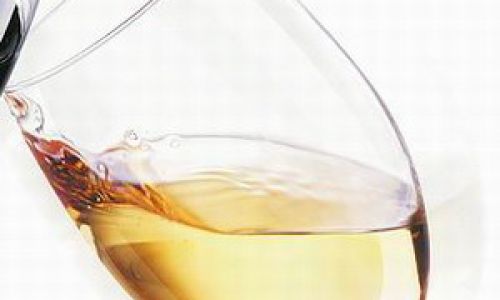
Oxygen Exposure
Oxidation is the primary enemy of any wine’s longevity. When icewine is exposed to oxygen, its delicate aromatics and flavors begin to deteriorate. This process accelerates once the bottle is opened, as oxygen interacts with the wine’s compounds. Unopened bottles, however, are protected by the cork or screw cap, which act as barriers against air.
Storage Conditions
The environment in which icewine is stored profoundly impacts its shelf life. Temperature fluctuations, humidity levels, light exposure, and bottle orientation all play roles in determining how long the wine remains drinkable.
- Temperature: Ideal storage temperatures for icewine range between 45°F (7°C) and 55°F (13°C). Higher temperatures accelerate chemical reactions, while freezing can damage the wine’s structure.
- Humidity: A humidity level of 70% prevents corks from drying out, which could lead to oxidation.
- Light: Ultraviolet (UV) light degrades wine compounds, causing premature aging. Dark-colored bottles (e.g., green or brown glass) offer some protection, but storage in a dark place is optimal.
- Bottle Orientation: Storing bottles horizontally keeps corks moist, ensuring an airtight seal.
Bottle Closure Type
The choice between cork and screw cap affects shelf life. Natural cork allows minute amounts of oxygen to interact with the wine, which can be beneficial for aging but risky if the cork dries out or becomes contaminated. Synthetic corks or screw caps provide a more hermetic seal, minimizing oxygen exposure but potentially limiting the wine’s ability to evolve.
Production Quality
The winemaking process itself influences longevity. Wines made from grapes with optimal ripeness, harvested at the right temperature, and fermented under controlled conditions tend to have greater aging potential. Additionally, minimal filtration and the absence of additives preserve the wine’s natural stability.

How Long Does Icewine Last?
The answer to this question hinges on whether the bottle is unopened or opened.
Unopened Icewine
When stored correctly, unopened icewine can last 20–30 years or more. However, this is not a universal rule. Factors like grape variety, vintage quality, and production style affect aging potential. For instance:
- Riesling-based icewines: Often have the longest aging potential, sometimes improving for 30+ years.
- Vidal Blanc-based icewines: Typically peak within 10–15 years but can last up to 20 years with proper storage.
- Red icewines (e.g., Cabernet Franc): Rarer and more tannic, these may age for 15–20 years.
It is crucial to note that icewine does not improve indefinitely. Like all wines, it eventually reaches a plateau and then declines. The sweet spot for drinking is often between 5–15 years after bottling, depending on the wine’s structure.
Opened Icewine
Once opened, icewine’s shelf life shortens dramatically due to oxygen exposure. An opened bottle will remain drinkable for 3–5 days if refrigerated and sealed with a stopper. Beyond this period, the wine may lose its vibrancy, developing stale or oxidized notes.
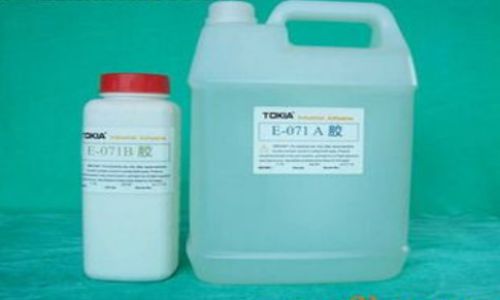
How to Store Icewine for Longevity
Proper storage is non-negotiable for preserving icewine’s quality. Here’s a step-by-step guide:
- Temperature Control: Use a wine fridge or a cool, dark cellar. Avoid kitchens, garages, or areas near heat sources.
- Humidity Management: If using a wine fridge, ensure it maintains 70% humidity. For long-term storage, consider a dedicated wine cellar with humidity control.
- Light Protection: Store bottles away from direct sunlight or fluorescent lights, which emit UV rays.
- Bottle Orientation: Lay bottles horizontally to keep corks moist. If using screw caps, orientation matters less, but consistency is key.
- Avoid Vibration: Store bottles in a stable location, as vibrations can disturb sediment and accelerate aging.
Signs of Spoilage in Icewine
Even with meticulous storage, icewine can deteriorate. Watch for these indicators:
- Color Changes: Fresh icewine is golden or amber. A brownish tinge suggests oxidation.
- Aromatic Shifts: The wine’s vibrant fruit and floral notes may fade, replaced by nutty or caramelized scents. While these are not necessarily flaws, extreme changes indicate aging.
- Taste Alterations: A once-crisp acidity may flatten, and the wine could taste syrupy or flat. Off-flavors like vinegar or sherry-like notes signal spoilage.
- Cork Issues: A protruding or crumbling cork may indicate temperature fluctuations or improper storage.
Debunking Myths About Icewine Aging
Myth 1: “All Icewines Improve with Age”
While some icewines evolve beautifully, not all benefit from extended aging. Lighter, fruit-driven styles are often best enjoyed young to preserve their freshness.
Myth 2: “Icewine Lasts Forever Unopened”
Even in perfect conditions, icewine has a finite lifespan. Beyond 30 years, it may lose its charm, becoming overly syrupy or dull.
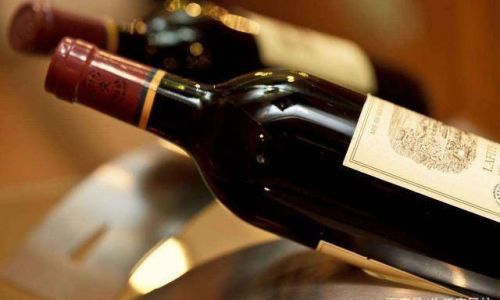
Myth 3: “Refrigeration Harms Icewine”
Refrigeration slows oxidation in opened bottles. While prolonged cold storage (e.g., freezing) is harmful, short-term refrigeration is beneficial.
Comparing Icewine to Other Dessert Wines
Icewine’s shelf life aligns with other sweet wines but varies based on production methods:
- Sauternes (France): Often ages 20–50 years due to botrytized grapes and high acidity.
- Tokaji Aszú (Hungary): Can last 50+ years with proper storage.
- Late Harvest Wines: Typically 5–15 years, depending on sugar and acidity.
Icewine’s balance of sweetness and acidity places it in the mid-to-long aging category among dessert wines.
The Impact of Packaging on Shelf Life
Modern winemakers increasingly use alternative closures like screw caps or synthetic corks. While these reduce cork taint risks, they may limit aging potential compared to natural cork. For collectors, bottles under natural cork and high-quality closures are preferred for long-term storage.
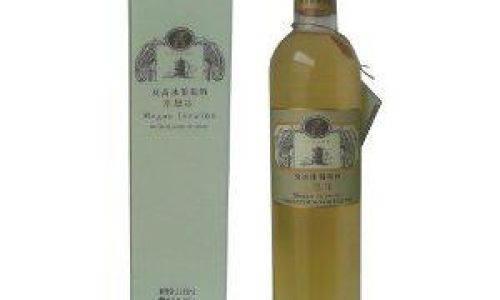
Conclusion: Enjoying Icewine at Its Peak
Icewine is a testament to the artistry of winemaking and the patience of nature. Its shelf life, while impressive, is not infinite. Unopened bottles stored correctly can delight for decades, but they eventually reach their zenith and decline. Opened bottles, though short-lived, offer a fleeting taste of luxury.
To maximize enjoyment:
- Drink younger icewines (3–10 years old) for vibrant fruitiness.
- Cellar premium bottles (10–20+ years) for complex, tertiary flavors.
- Consume opened icewine within a week to savor its brilliance.
In the end, icewine’s magic lies not just in its longevity but in the moments it creates—whether shared over a milestone celebration or savored in quiet contemplation. By understanding its shelf life and storage needs, enthusiasts can ensure this golden elixir remains a treasure worth waiting for.

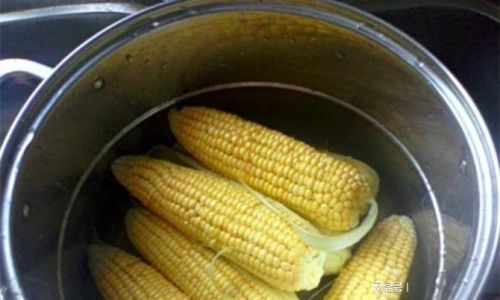

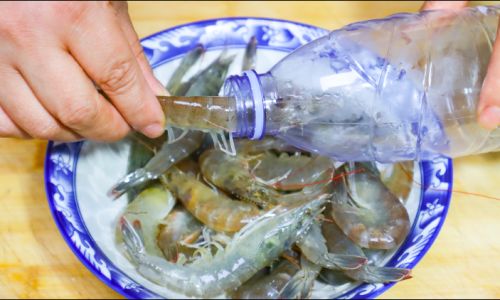
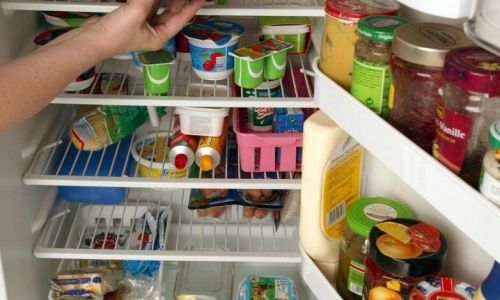
0 comments